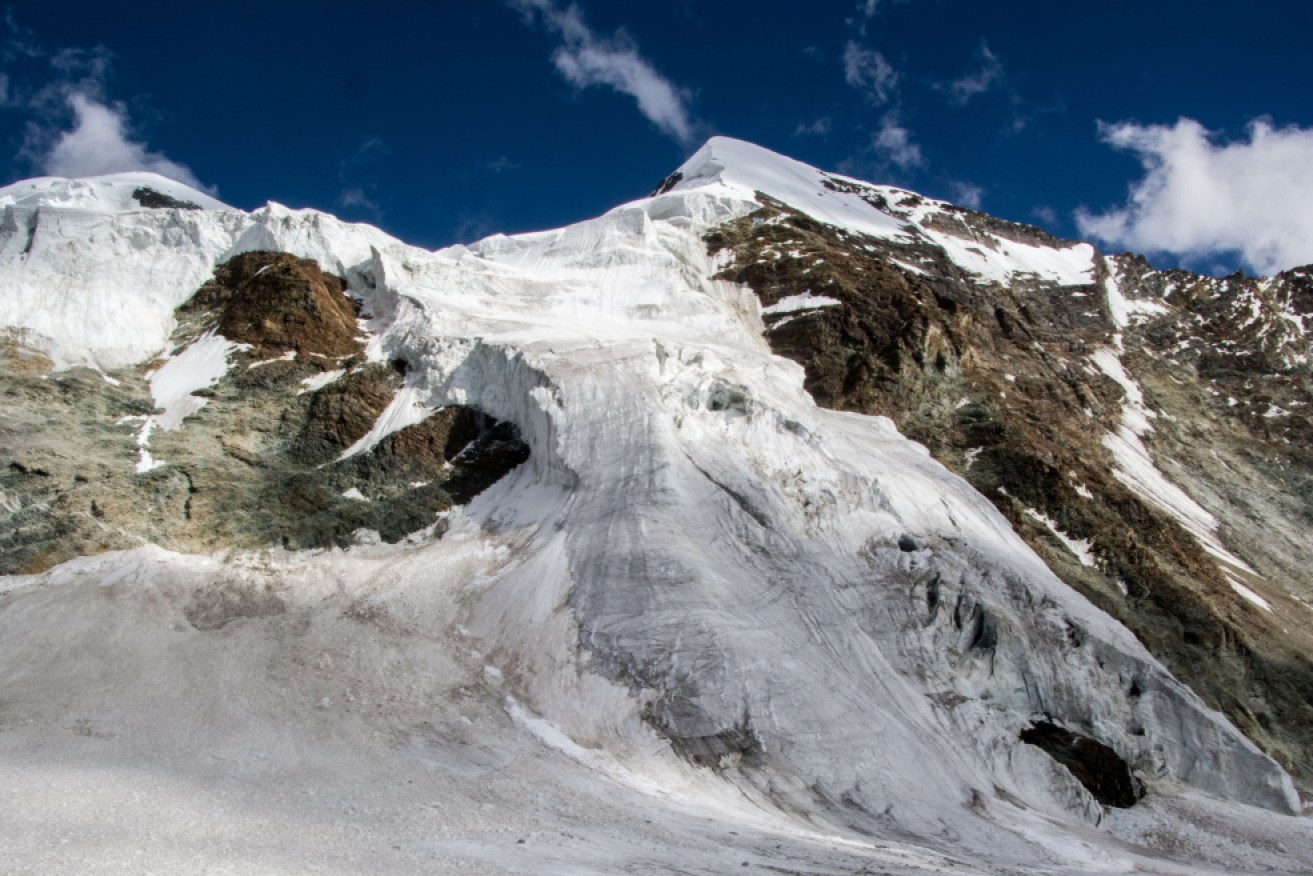Spy photos pinpoint alarming melting of Himalayan glaciers


Dormant pathogens may be present under the permafrost that is currently melting. Photo: Getty Photo: Getty
Glaciers in the Himalayas have lost a staggering 45 centimetres of ice every year since 2000 – posing a huge risk to the millions of people who live downstream.
The findings are based on satellite modelling, including old spy photos, that show the amount of glacier melt across 2000 kilometres of the mountain range has doubled this century.
“This is the clearest picture yet of how fast Himalayan glaciers are melting over this time interval and why,” study lead author Joshua Maurer, from Columbia University’s Lamont-Doherty Earth Observatory, said.
Overall, the Asian mountain range, which includes Mount Everest, has lost about 1 per cent of its ice every year since 2000 – double the pace in the years from 1975-2000.
The study, published in the journal Science Advances, used recently declassified Cold-War-era 3D satellite images to track the glacial retreat back to the mid-1970s. By analysing 650 Himalayan glaciers, the scientists estimated that, of the total ice mass present in the region in 1975, 87 per cent remained in 2000, and 72 per cent in 2016.
They found the glaciers were losing about 8 billion tonnes of water a year – equivalent to the amount of water held by 3.2 million Olympic-size swimming pools.
And climate change is to blame.
“The similar magnitude and acceleration of ice loss across the Himalayas suggests a regionally coherent climate forcing, consistent with atmospheric warming and associated energy fluxes as the dominant drivers of glacier change,” the study said.
The new study follows one published in Nature in May, which found the Himalayas’ glaciers were melting faster in summer than they could be replenished by snow in winter.
This puts drinking water for hundreds of millions of people at risk. Meltwater from the mountains also helps irrigate crops and generate hydropower downstream.
Vanishing glaciers will mean less water for people, livestock and crops.
“Disaster is in the making here,” study co-author Jorg Schaefer, a climate geochemistry professor at Columbia, said.
The study concluded that while soot from fossil fuel burning was likely to have contributed to the ice melt, rising temperatures were a bigger factor.
Temperatures varied across the vast mountain range. But, on average, they rose faster between 2000 and 2016 than in earlier years.
“it’s clear it’s temperature and everything else doesn’t matter as much,” Professor Schaefer said.
-with agencies








